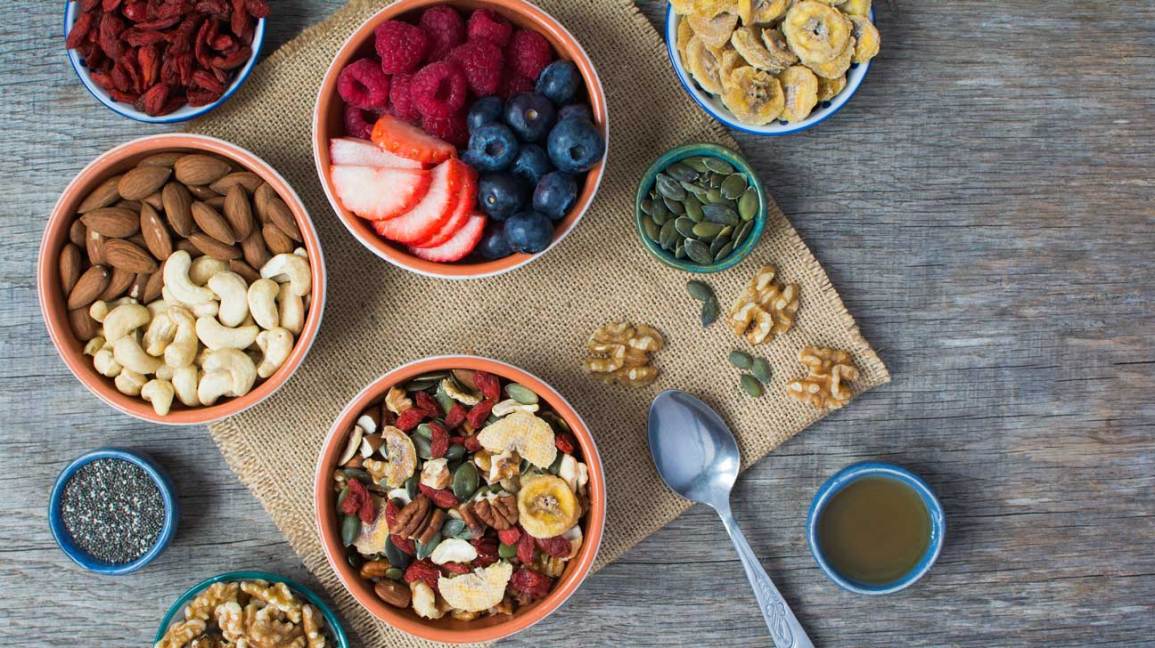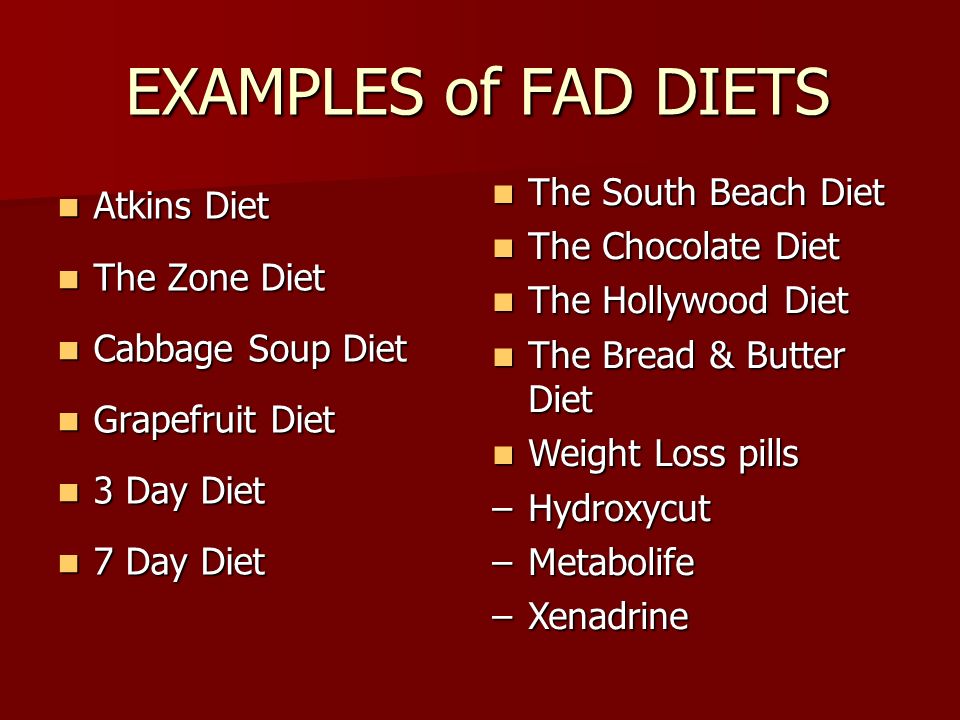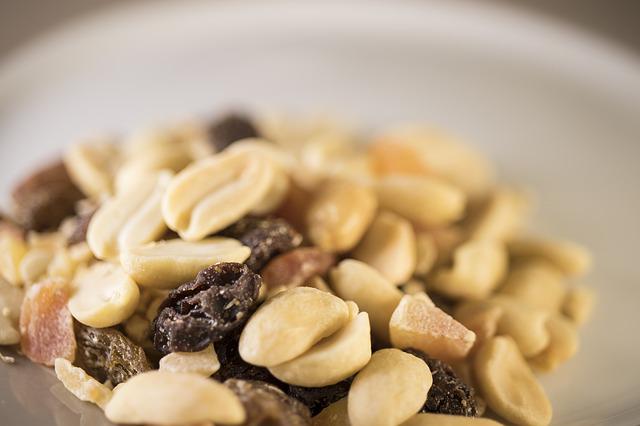
Dr. Loren cordain, a nutritionist and exercise physiologist, is a well-known advocate for the Paleolithic diet. However, there are several misconceptions regarding the Paleolithic diet. Let's find out the truth behind the Paleolithic diet. These are some of the most popular myths surrounding this diet.
Dr. Loren Cordain
Dr. Loren Cortain is a widely recognized authority in human evolution. He has appeared on the front page of The New York Times, Wall Street Journal, and Dateline NBC. He is the world's leading authority on natural human diet. He has published more than 100 peer reviewed scientific papers on the topic and has done groundbreaking research about the health benefits of eating food derived from Stone Age ancestors.
Cordain's research centers on the evolutionary, anthropological and nutritional bases of diets. Many of his publications examine the nutrient composition of wild plant and animal foods consumed by early humans. He is an internationally recognized expert in Paleolithic diets. He has also lectured extensively about the topic. His books on this topic are popular and widely read. Read Dr. Cordain's biography to learn more about his work.
His research

Loren Cordain, a professor at the University of California, Berkeley discovered that diet is linked to certain diseases of modern civilization. Stone Age people were less likely to consume potassium and sodium, which are linked with modern diseases. Similar to the Middle East, people who lived there ate more fruits and vegetables. This could be why modern civilisation has some of the most common diseases. If diet is only a part of the problem, then why haven’t we been eating more fruits & vegetables?
Paleo is one of today's most popular health movements. It discourages grains, whole grains and legumes, as well dairy, processed foods, and vegetable oil. Researchers have repeated the same recommendation. Paleo has been proven to be more effective in improving your health and your immune system than traditional diets. Although Dr. Cordain’s research doesn’t prove that humans could survive without these foods entirely, many can still benefit from the health benefits.
His book
This book will provide a comprehensive explanation of the science behind Paleolithic diet. American scientist Loren cordain is an expert in exercise physiology, nutrition, and other related topics. His book Eat to Live, which he wrote, is the first to be published by a leading Paleolithic nutritionist. Cordain's methods have been supported by many studies, even though there are still some people who doubt them.
Loren Cordain, who is a Colorado State University professor and one of the leading experts in exercise physiology as well as nutrition, is known worldwide. He has collaborated with world-renowned scientists in the development of the Paleo Diet. This is the first book written by one of the founders of this fad diet. He explains in the book how the Paleo Diet has changed our lives. You can read it now and make a change in your life.
His views on nutrition

One of Dr. Cordain's biggest contributions to modern health is the science of diet. He holds a doctorate in health from the University of Utah. Since 1982, he teaches at Colorado State University. He has been featured on Dateline NBC as well as the Wall Street Journal and the New York Times. He is widely regarded by the world's leading authorities on natural diets.
Cordain's history of paleolithic eating habits provides valuable insights into the lifestyle's benefits. Paleo has been a popular diet trend since its introduction by Dr. Boyd Eaton. Dr. Cordain continues to study the benefits of this diet on health in all ages, as well as children. He also sheds light upon legumes, milk, and carbohydrates, showing the reality of how our bodies were created to eat them.
His critics
In their criticism of Loren Cordain's Paleo Diet, critics cite numerous facts and examples to show that this diet is not healthy. Although lean meat has a high protein content, it lacks essential nutrients like calcium, salt and folic acid. Additionally, the body does not receive protective nutrients like vitamin A or omega-3 fatty acid.
FAQ
How can I learn to cook like the pros?
Cooking is one of the best ways to become a better person. Cooking healthy meals for your family and friends is a great way of increasing self-confidence and learning new skills. Begin cooking at your own home if you are looking to improve your culinary skills. Finding out your favorite recipes is the first step. Read books about various foods such as Chinese, Mexican, and Italian. Finally, make sure you practice different recipes until you feel confident.
How Can I Get Hired As a Cook?
It is possible to get a job in the kitchen by word of mouth. A friend or family member might know of an open restaurant that is in desperate need of staff. Restaurants often post openings on websites and bulletin boards.
What does it take to become a chef in the United States? What is the average career track?
Becoming a chef takes approximately five years. In this period, you will learn basic cooking skills and experience as a kitchen assistant. After you've completed your training you can apply to be a line cook or sous chef. A chef can earn between $25,000 and $60,000 annually.
How much does it cost to go to culinary school?
Prices for Culinary School vary depending upon where you go, what program you select, and how long you stay there. The average tuition cost is $10,000-$30,000 annually. Most students graduate with approximately $20,000 in debt. Some programs offer work-study, grants, scholarships and grants.
Can I learn to cook with my kids?
Yes! Yes, kids love to help in kitchen. It's fun and teaches kids responsibility as well as teamwork. You can have your children help you with everything, from washing vegetables to cutting onions. Children will love helping to cook if they are taught safe knife handling techniques.
Do I need any special equipment to cook?
No, you don't need any special equipment to learn to cook. However, the right tools can make it easier to cook. A knife can be used instead of a fork when making pasta, or a whisk could be used to whip up stiff egg whites. Having the right tools makes cooking less intimidating and allows you to start faster.
Is it possible to be self-taught?
Yes, you can self-teach cooking! The joy of cooking is something that everybody enjoys doing, no matter their skill level. If you're interested in learning how cook at home, then start cooking. Start small, such as making pancakes for breakfast and spaghetti sauce at dinner. You can learn the most by trying new recipes and making mistakes. You might even make some mistakes.
Learning to cook takes anywhere from a couple of hours to several weeks, depending on what type of skill level you are looking for. It's important to remember that cooking isn't just about following recipes. There are many ways of cooking food. So if you have an idea for a recipe, use it.
Statistics
- You'll be amazed that over 90% of CIA students receive scholarships and grants to finish their culinary studies. (ischoolconnect.com)
- under 10 Kids have been taught that there is special food just for them, and Fiese says that 10 percent of kids will throw a tantrum if they don't get the food they want. (washingtonpost.com)
- In the United States, the category is estimated at $23.2 billion annually and is growing faster than the market. (washingtonpost.com)
External Links
How To
How to make a perfect eggroll
Omelets have always been a favourite food to eat for breakfast. But how do they turn out so perfectly? There are many recipes and methods I tried, but none worked. So I wanted to share some tips and tricks so that you can make delicious, fluffy omelets every morn.
First, eggs can be very temperamental ingredients for making omelets. It is important that eggs are fresh from an organic market and kept cool until used. You must keep them cool enough to allow the whites to form properly and the yolks to become too runny if they're not kept at the right temperature. This will make your omelets appear strangely colored. If you intend to cook your eggs immediately, it's best to use room-temperature egg.
Another tip is to separate each egg before adding them to the saucepan. You don't want the white to get mixed with the yolk, as this could cause the egg to curdle.
You might burn the bottom of the egg if you place the egg directly on the stovetop. This could ruin the texture of your omelet. Instead, heat the egg in a microwave for 10 seconds and then place it in a pan. The heat from the microwave cooks the egg just enough without overcooking it.
Next, let's talk about mixing the eggs. When you mix eggs together, you want to beat them well. Turn the bowl upside down and grab the whisk to do this. Then, vigorously shake the bowl. This allows the air to be whipped and the egg to be mixed thoroughly.
The fun part is now - adding the milk to the mixture. Mix half of the milk with the eggs. Then fold the eggs in half into the remaining milk. Do not be alarmed if there are still egg streaks visible. Once the omelet flips, these streaks will disappear.
After you have done folding the eggs, heat the pan on medium heat. The oil will start to smoke. Once the oil starts getting hot, add 1/4 cup of butter to the pan and swirl it around to coat the entire surface of the pan. Next, carefully open the lid and sprinkle salt into your pan. An additional pinch of salt will prevent the omelet form sticking to your pan.
Once the omelet has formed completely, cover the pan and let it set for a few minutes. Flip the omelet with a spatula, or flip it upside down. Cook the second side for a minute or so. Serve the omelet immediately by removing it from the pan.
This recipe works best when you use whole milk.